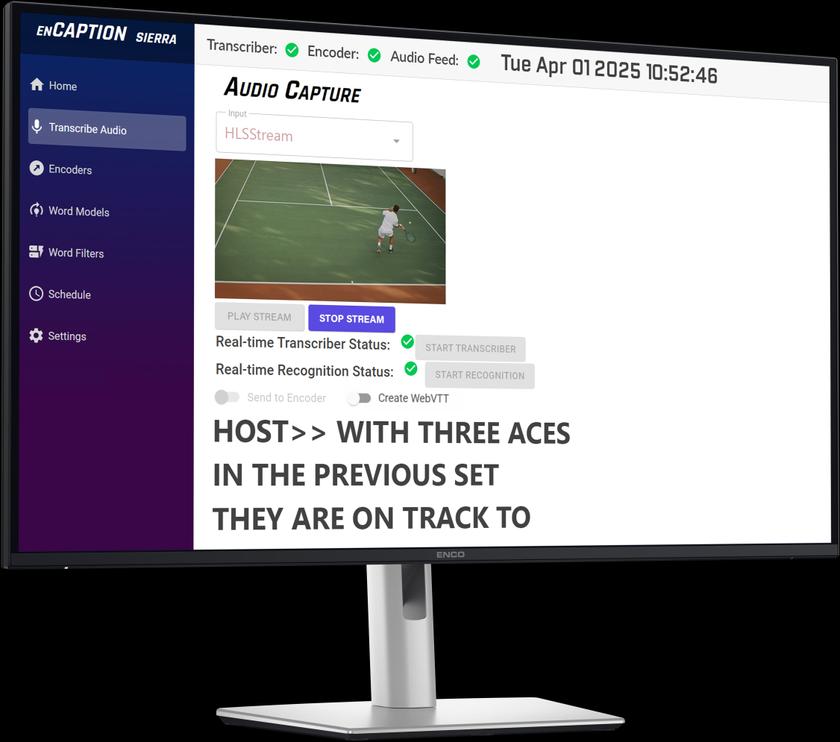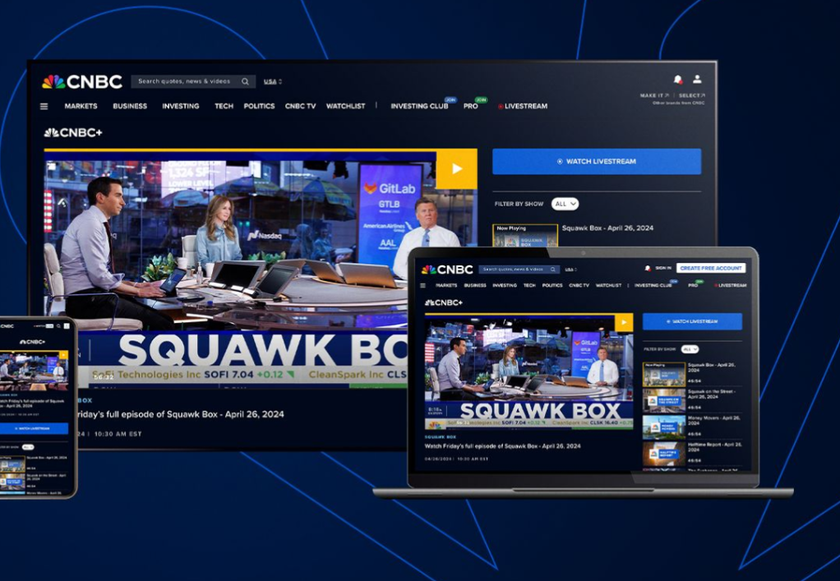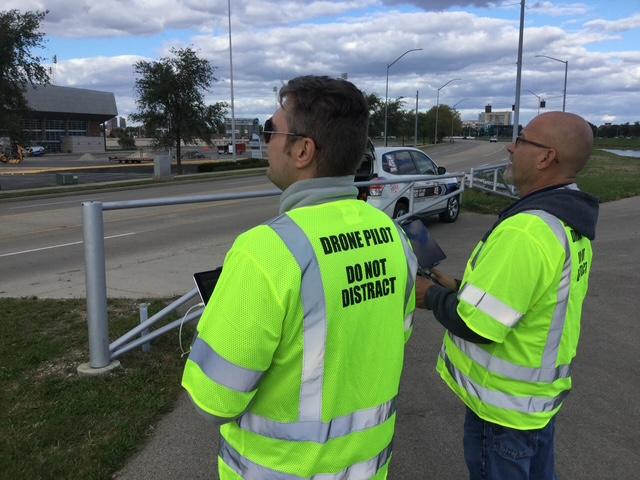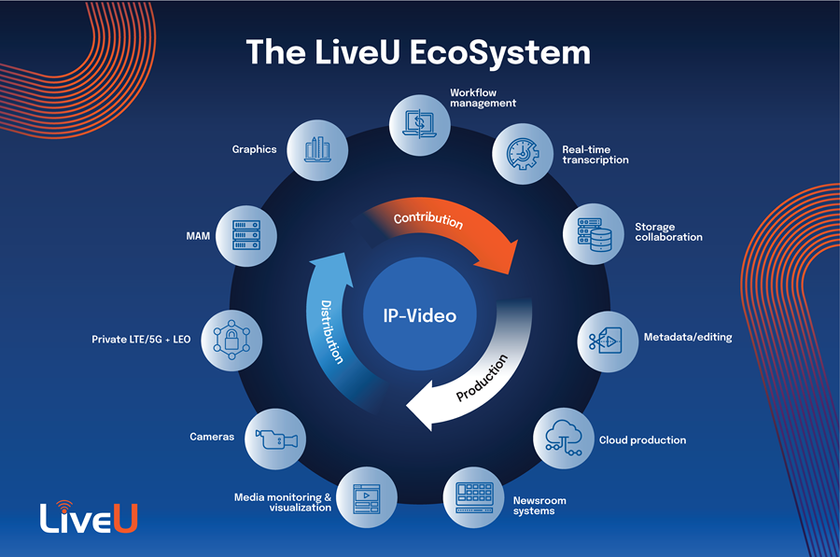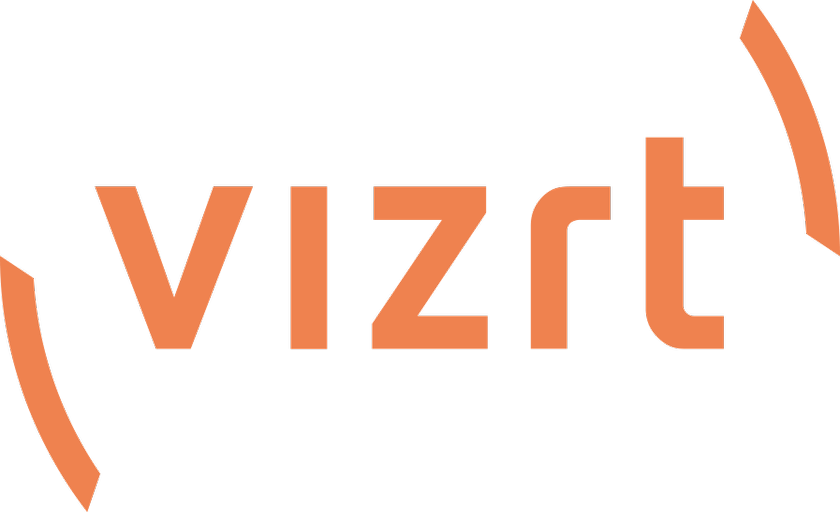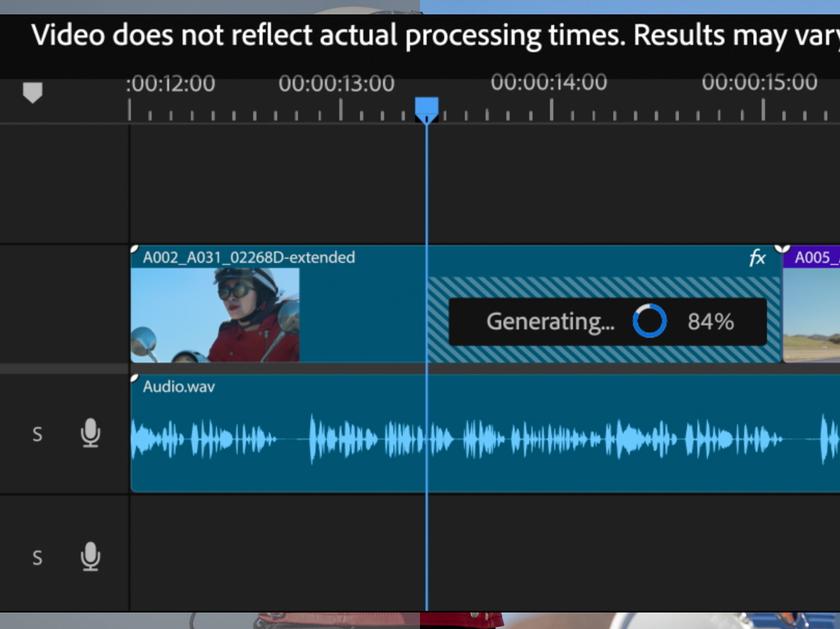‘Dig’ Goes Deep on Cross-Platform Presence

“Dig” features the image of a symbol that appears in unlikely places and quickly fades away.
HOLLYWOOD, CALIF.—USA Networks’ “Dig,” a 10-episode series that debuted March 5, takes place in Jerusalem, a holy site for three major religions. FBI Agent Peter Connelly (played by Jason Isaacs) is assigned there to investigate the death of a young American. What he uncovers is a complicated conspiracy that has been underway for thousands of years and has gained momentum, threatening to derail modern history. As he battles his own demons, he continues to uncover the conspiracy’s dark secrets.
“Dig” is the brainchild of two TV creators very skilled in constructing the tension, mystery and thrills: Tim Kring from “Heroes” and Gideon Raff of “Homeland.” Kring and Raff are the show’s writers and are two of its executive producers; Raff has also directed several episodes.
REVEALING YET EXCITING
One notable aspect of the new series is the degree to which its marketing—which includes games, apps, digital scavenger hunts among other efforts—enhances and extends the storytelling, forming a very integrated cross-platform strategy.
“Because ‘Dig’ is epic and peels back layers to discover the truth, we started mysteriously and [have] gotten progressively more revealing while staying exciting,” says Jeffrey Kaufman, senior vice president of USA Network, who led the effort and noted the full collaboration of the show’s creators. “We all felt that we wanted ‘Dig’ to be something that you didn’t just watch but could participate in.”
By now, nearly everyone has seen— or at least heard about—the show’s nearly subliminal promo: the image of a symbol that appears in unlikely places and quickly fades away. “We tried to make ‘Dig’ feel different than the standard way you’d launch a show,” said Kaufman. “We had our friends and colleagues at NBC hide the ‘Dig’ symbol in places you���d least expect it, to create the sense of a cultural movement, of something underground and simmering to the surface. It was a digital scavenger hunt.” Among the places the “Dig” symbol appeared was on coffee cups on NBCUniversal’s Golf Channel and in the midst of “Law & Order: SVU” repeats on USA.
COMIC-CON ORIGINS
Kaufman says the multiplatform marketing campaign really got going at San Diego’s Comic-Con, with a Snapchat campaign inviting Comic-Con attendees to join a citywide scavenger hunt in the city’s gaslight district, with clues hidden in 40 locations. Top social influencer, Jerome Jarre hosted the social media scavenger hunt, with winners invited to meet Kring. USA Network’s marketing statistics showed that “the activation drove 1.1 million views and garnered an initial 16,600 Snapchat followers who continue to engage with ‘Dig’ content.”
Get the TV Tech Newsletter
The professional video industry's #1 source for news, trends and product and tech information. Sign up below.
Also released at Comic-Con 2014 was the 12-part serialized prequel, written by Kring and Raff, as well as the “Dig Decoder” app. The prequel was released—a new story every week—on Wattpad, a 30-million member social community of readers and writers (the “Dig” prequel was Wattpad’s first TV network partnership). Fans were encouraged to follow each week’s new chapter, comment and share on their social networks for a chance to win a trip to a “Dig” premiere party in New York.

“Dig Decoder,” an augmented reality app available on iOS and Android, allows fans to “unlock exclusive content and Easter eggs” hidden within print ads, some online and social media graphics as well as some of the show’s extensive outdoor campaign. Seen through the viewfinder, the app reveals secrets; each piece of content that is decoded leads viewers to a site where they might win an instant cash prize.
On Feb. 17, USA Network launched www.digdecoded.com, a 12-week interactive gaming experience that starred the series’ main characters Peter and Emma, as well as over 30 puzzles and codes to crack. “The game runs throughout the course of the show,” Kaufman said. “As soon as an episode is done, there’s a new installment that unlocks. All the puzzles and the storyline are set in the world of the show, written by the show’s writers and reveal more about the show.
“Many of the elements in the show are based on real-world elements, and that’s also true for how we created the game,” he added. “One of the things we’re trying to go for is that the conspiracy events are real and out there in the world.”
Another real-world element was USA Network’s partnership with live gaming company Escape the Room, which locked participants in a room where they work together to solve the mystery that unlocks the door. The game ran in New York, Philadelphia, Boston, Universal Studios Los Angeles and Universal Orlando Resort in Florida.
COMPLEX LOGISTICS
Although viewers do not have to engage in any of these digital platforms to understand the TV series, younger fans especially find it natural to move among digital devices. “You won’t be missing any key plot points if you only watch the TV show,” says Kaufman. “But your understanding of the characters and the story will be enriched by the game. It isn’t a separate experience but very intertwined with the show.”
Part of the complexity of creating content for other platforms was to keep track of the storyline and plot points. “We had to be 100 percent lockstep with the show so we didn’t accidentally reveal something or get the details wrong,” said Kaufman. “We worked extremely closely, strategically and conceptually.
“We had an opportunity with ‘Dig’ to tell a central story that truly unfolds across many platforms,” Kaufman added. “The idea was that it was a transmedia experience with one ‘meta story,’ on wherever you want to experience it.”
USA Network is carefully tracking the numbers for social engagement on each platform. “It’s interesting to see how it takes on a life of its own,” Kaufman said. “At the end of the process, we’ll be able to look back holistically. But we’ve been excited by the reaction.”
Although digital content—websites and even “mobisodes”—have been a part of the marketing recipe for several years now, “Dig” leaps to another level of transmedia— especially for a TV series—creating points of entry and involvement across multiple platforms. In an era overwhelmed with video, in which content creators struggle for discoverability, we’re likely to see iterations of this cross-platform strategy that will grow increasingly sophisticated and even more integrated with the main story.

